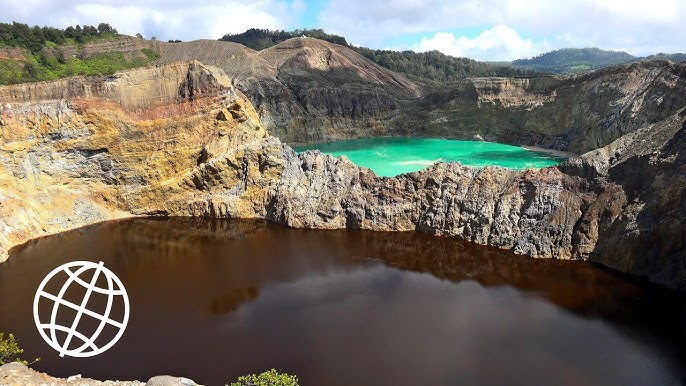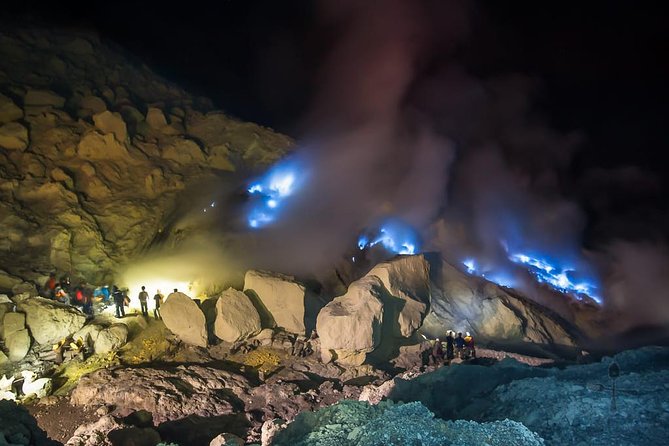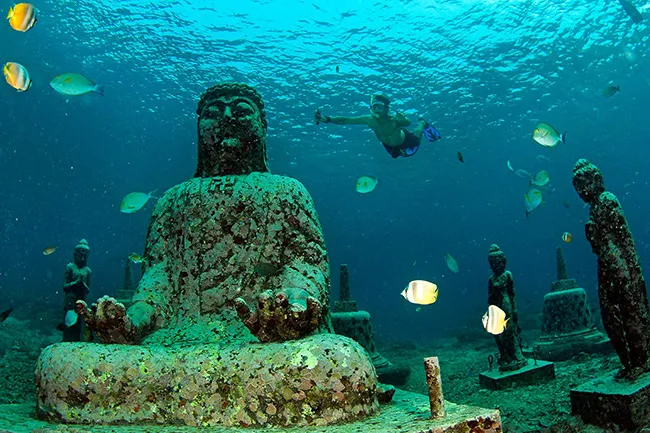Tanzania, Africa’s wildlife powerhouse with the iconic Serengeti and majestic Mount Kilimanjaro, harbors one of its most enigmatic natural wonders: Lake Natron, the alkaline lake that turns animals into stone. Nestled in the remote northern reaches near the Kenyan border, this blood-red body of water isn’t just a photographer’s dream it’s a harsh, otherworldly landscape where life and death blur in calcified perfection. Famous for its eerie “stone” statues of birds and bats, Lake Natron draws adventurers, scientists, and eco-tourists seeking to witness Tanzania’s extreme beauty. If you’re planning a safari beyond the big game, this guide uncovers the science, myths, and must-knows of visiting the lake that petrifies.
What Is Lake Natron? Unpacking the Science Behind the Petrification
Lake Natron isn’t a portal to Medusa’s realm, but its chemistry rivals ancient alchemy. This shallow soda lake, spanning about 35 miles long and 13 miles wide, forms in the East African Rift Valley, fed by seasonal rivers but losing water mainly through evaporation. As a result, it concentrates massive deposits of sodium carbonate decahydrate better known as natron a mineral once used by ancient Egyptians for mummification. The lake’s pH hovers around 10.5, making it one of the most alkaline bodies of water on Earth, with temperatures soaring up to 140°F (60°C) in the shallows.
The “turning to stone” myth exploded in 2013 when photographer Nick Brandt’s book Across the Ravaged Land featured haunting images of calcified flamingos, bats, and birds posed in lifelike stances. But here’s the truth: The lake doesn’t instantly petrify living animals. Birds and bats often crash into its mirror-like surface, mistaking it for solid ground due to its reflective glare. Once dead and submerged, the caustic water desiccates their bodies, coating them in a hard, mineral shell of sodium carbonate and salt that hardens like concrete as the water evaporates in the intense heat. It’s mummification, not magic preserving feathers and forms in eerie detail, creating statues that withstand the elements for years.
The lake’s crimson glow? That’s haloarchaea, salt-loving microbes that thrive in the brine and tint the water blood-red, especially during the dry season when salinity peaks. Nearby Ol Doinyo Lengai, an active volcano spewing carbonatite lava, feeds the lake its mineral-rich runoff, ensuring this toxic brew remains potent.
Why Lake Natron? Tanzania’s Extreme Ecosystem and Global Significance
In a country teeming with biodiversity, Lake Natron stands out for its paradox: deadly to most, yet a lifeline for specialists. It’s the only regular breeding site for East Africa’s lesser flamingos, supporting up to 75% of the world’s 2-3 million population. These pink icons nest on caustic ash islands during the dry season (July-October), feeding on spirulina algae that flourishes in the alkaline soup toxic to others but nutritious for them. Predators steer clear, making it a safe haven for chicks.
Few other species endure: Just one fish, the alkaline tilapia (Alcolapia latilabris), and extremophile bacteria call it home. Ecologically, the lake is a UNESCO tentative World Heritage site, vital for understanding alkaline adaptations and volcanic influences on life. Yet threats loom soda ash mining, proposed dams, and climate change could disrupt flamingo cycles and alter water levels.
The Myth vs. Reality: Debunking the “Deadliest Lake” Legend
Sensational headlines call it the “world’s deadliest lake,” but experts clarify: It’s not a mass grave. Brandt’s photos, while staged for artistic effect, spotlight a real process not instant death on touch. The water burns unprotected skin or eyes like lye, but adapted life thrives. In 2008, a plane crash-landed in the lake; survivors were rescued by Maasai, though the caustic water irritated eyes. Far from apocalyptic, it’s a balanced, if brutal, niche in Tanzania’s ecosystem.
Visiting Lake Natron: Top Experiences and Attractions
Tanzania’s remote north offers raw adventure at Lake Natron. Here’s how to dive in (safely):
1. Flamingo Breeding Spectacle: The Pink Paradise
Witness millions of lesser flamingos during peak breeding (August-September). Hike the shores for panoramic views of the red lake dotted with nests no closer than 100 meters to avoid disturbance.
2. Engaruka Village and Waterfalls: Cultural Immersion
Just 30 km away, explore the ancient Engaruka ruins an Iron Age farming site’s stone terraces and trek to nearby hot springs and waterfalls for a refreshing contrast.
3. Ol Doinyo Lengai Hike: Volcanic Thrills
Climb the “Mountain of God” (2,886 meters) for sunrise views over the lake. It’s Tanzania’s only natrocarbonatite volcano, erupting with black, soapy lava that hardens white. Guided ascents take 6-8 hours.
4. Maasai Encounters: Authentic Stays
Base yourself at a Maasai boma (village) for cultural tours, traditional dances, and stargazing. Eco-lodges like Lake Natron Camp offer tented luxury with lake vistas.
How to Visit: Your Ultimate Lake Natron Travel Guide
Getting There
- From Arusha: The gateway city (2-3 hours south), hire a 4×4 or join tours via operators like Ultimate Kilimanjaro or Tanzania Specialists. Roads are rough expect dust and ruts.
- Fly In: Charter flights from Arusha to Gelai Airstrip for quicker access.
- Best Time: Dry season (June-October) for flamingos and low water levels revealing calcified remains; avoid rainy months (November-May) when flooding isolates the area.
Practical Tips
- What to Bring: Long sleeves, hat, sunscreen (UV intensifies here), binoculars, sturdy boots, and plenty of water. Don’t swim contact causes burns.
- Safety: Stick with guides; no solo hikes. Watch for slippery shores and sudden weather shifts.
- Cost: Day tours from Arusha ~$150-250/person; overnights $200-400 including meals. Entry fees minimal (~$20).
- Sustainability: Support conservation opt for low-impact tours and avoid single-use plastics to protect this fragile site.
Why You Can’t Miss Lake Natron in Tanzania
Amid Tanzania’s classic safaris, Lake Natron offers a haunting detour into nature’s extremes a crimson cauldron where death crafts art and life defies odds. It’s a stark reminder of our planet’s wild alchemy, blending volcanic fury with resilient ecosystems. Whether chasing flamingo flocks or pondering petrified poses, this “stone-turning” lake etches unforgettable memories. Ready to brave the caustic shores? Plan your Tanzania adventure and uncover the red heart of the Rift.
Planning a trip? Book eco-tours through Tanzania Tourism or share your Lake Natron tales in the comments. For more on Tanzania’s hidden gems, subscribe to our newsletter!




